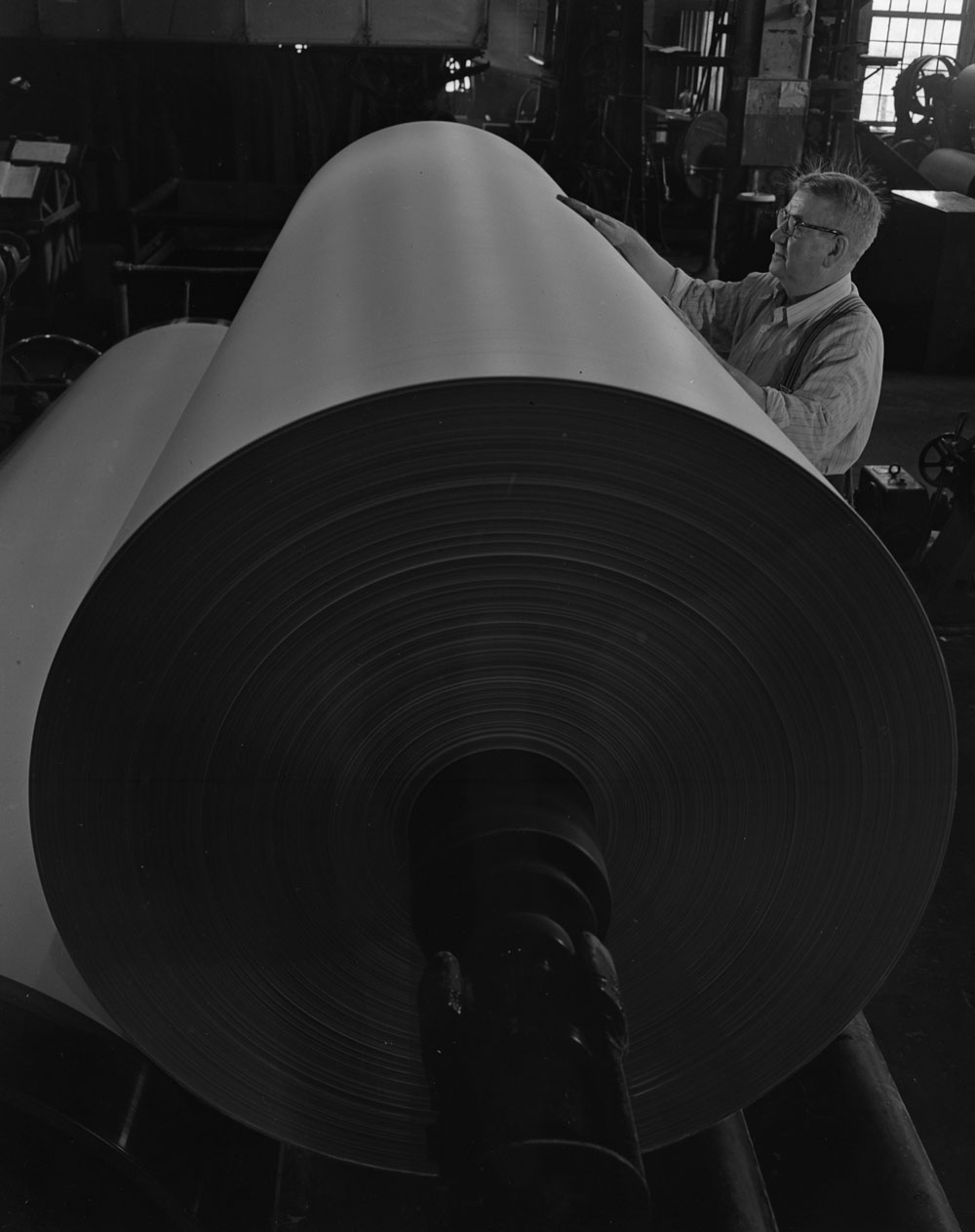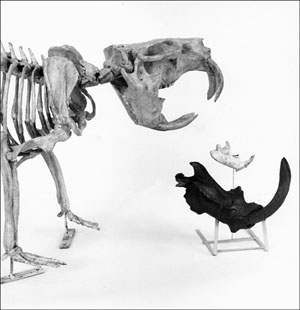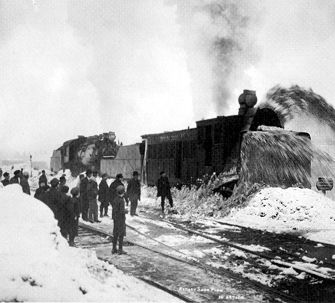Browse "Science & Technology"
-
Article
Psychiatry
PsychiatryPsychiatry is the branch of medicine concerned with disorders of the mind (or mental illnesses) and a broad range of other disturbed behaviours, including behavioural and emotional reactions to physical disease, life stresses and personal crises; personality problems; and difficulties with coping, adjustments and achievement. Psychiatrists are physicians, and in Canada they need to have passed the fellowship examination of the Royal College of Physicians and Surgeons of Canada, or, in Québec, to have obtained...
"https://development.thecanadianencyclopedia.ca/images/tce_placeholder.jpg?v=e9dca980c9bdb3aa11e832e7ea94f5d9" // resources/views/front/categories/view.blade.php
https://development.thecanadianencyclopedia.ca/images/tce_placeholder.jpg?v=e9dca980c9bdb3aa11e832e7ea94f5d9
-
Article
Public Health in Canada (Plain-Language Summary)
Illness and disease affect everyone. Individuals alone cannot prevent illness and disease. To do so it is important to focus on communities, not just individuals. The purpose of public health is to protect communities against illness and disease. This, in turn, helps individuals. This article is a plain-language summary of Public Health in Canada. If you are interested in reading about this topic in more depth, please see our full-length entry, Public Health in Canada.
"https://d2ttikhf7xbzbs.cloudfront.net/media/new_article_images/Theresa_Tam.jpg" // resources/views/front/categories/view.blade.php
https://d2ttikhf7xbzbs.cloudfront.net/media/new_article_images/Theresa_Tam.jpg
-
Article
Pulp and Paper Industry
The pulp and paper industry consists of manufacturing enterprises that convert predominantly woody plant material into a wide variety of pulps, papers and paperboards. The Canadian industry began in the 1800s and has undergone revolutionary changes over the years. Most recently, the move from newsprint to electronic media caused the industry to decline; however, pulp and paper remains a fundamental part of the Canadian economy, especially for remote and northern communities.
"https://d2ttikhf7xbzbs.cloudfront.net/pulpandpaper/paperrole.jpg" // resources/views/front/categories/view.blade.php
https://d2ttikhf7xbzbs.cloudfront.net/pulpandpaper/paperrole.jpg
-
Article
Pump Drill
The pump drill was used by Indigenous peoples to start fire and drill holes into materials such as wood, shell, bone and stone. While modern power tools replaced the pump drill after the 19th century, some specialized craftspeople continue to use the tool.
"https://d2ttikhf7xbzbs.cloudfront.net/media/media/3a1cfe9e-880e-463c-b92d-56c5c0ee873a.jpg" // resources/views/front/categories/view.blade.php
https://d2ttikhf7xbzbs.cloudfront.net/media/media/3a1cfe9e-880e-463c-b92d-56c5c0ee873a.jpg
-
Macleans
Pumped to find another way
With Keystone XL and the Northern Gateway mired in controversy, the industry turns to Plan BThis article was originally published in Maclean's Magazine on September 2, 2013
"https://development.thecanadianencyclopedia.ca/images/tce_placeholder.jpg?v=e9dca980c9bdb3aa11e832e7ea94f5d9" // resources/views/front/categories/view.blade.php
https://development.thecanadianencyclopedia.ca/images/tce_placeholder.jpg?v=e9dca980c9bdb3aa11e832e7ea94f5d9
-
Macleans
QLT PhotoTherapeutics
Strange things were happening to Philip Watts. When he woke in the morning he noticed a spray of brown markings on his pillow, which at first looked like coffee grounds. He soon realized they were caused by blood.This article was originally published in Maclean's Magazine on February 1, 1999
"https://development.thecanadianencyclopedia.ca/images/tce_placeholder.jpg?v=e9dca980c9bdb3aa11e832e7ea94f5d9" // resources/views/front/categories/view.blade.php
https://development.thecanadianencyclopedia.ca/images/tce_placeholder.jpg?v=e9dca980c9bdb3aa11e832e7ea94f5d9
-
Article
Quarantine Act
Canada adopted quarantine legislation in 1872, five years after Confederation. It was replaced by the current Quarantine Act, which was passed by the Parliament of Canada and received royal assent in 2005. The act gives sweeping powers to the federal health minister to prevent the introduction and spread of communicable diseases. These powers can include health screenings, the creation of quarantine facilities and mandatory isolation orders. The Quarantine Act was introduced in the wake of the severe acute respiratory syndrome (SARS) crisis of 2003. It was invoked in March 2020 in response to the COVID-19 pandemic.
"https://d2ttikhf7xbzbs.cloudfront.net/media/media/0332fe7a-6266-457b-b839-06a558ff5047.jpg" // resources/views/front/categories/view.blade.php
https://d2ttikhf7xbzbs.cloudfront.net/media/media/0332fe7a-6266-457b-b839-06a558ff5047.jpg
-
Article
Quasar
Quasar, a point-like astronomical object which radiates over a wide spectral range. Although the name is a contraction of a "quasi-stellar radio source", these objects also emit light, x-rays and even gamma rays.
"https://development.thecanadianencyclopedia.ca/images/tce_placeholder.jpg?v=e9dca980c9bdb3aa11e832e7ea94f5d9" // resources/views/front/categories/view.blade.php
https://development.thecanadianencyclopedia.ca/images/tce_placeholder.jpg?v=e9dca980c9bdb3aa11e832e7ea94f5d9
-
Article
Quaternary Vertebrate Fossils
Mountainous zoneThe unglaciated areas of the Yukon Territory within the Cordilleran part of the mountainous zone contain the most productive Pleistocene (about 2 million to 10 000 years ago) VERTEBRATE fossil localities in Canada.
"https://d2ttikhf7xbzbs.cloudfront.net/media/media/c045a7d3-cd66-434a-94d2-68419b4652f5.jpg" // resources/views/front/categories/view.blade.php
https://d2ttikhf7xbzbs.cloudfront.net/media/media/c045a7d3-cd66-434a-94d2-68419b4652f5.jpg
-
Macleans
Quebec and the High Cost of Smoking
This article was originally published in Maclean’s magazine on October 25, 1999. Partner content is not updated. In the waning light of a brisk October evening in Quebec City, patrons flock to a bar in a yuppie neighbourhood near the Plains of Abraham. Inside, Sarah McLachlan's sensual voice spills out of the sound system.
"https://development.thecanadianencyclopedia.ca/images/tce_placeholder.jpg?v=e9dca980c9bdb3aa11e832e7ea94f5d9" // resources/views/front/categories/view.blade.php
https://development.thecanadianencyclopedia.ca/images/tce_placeholder.jpg?v=e9dca980c9bdb3aa11e832e7ea94f5d9
-
Article
Queen Elizabeth Way
Queen Elizabeth Way, connecting Toronto with Niagara Falls and Fort Erie, Ont, was Canada's first 4-lane, controlled-access superhighway.
"https://development.thecanadianencyclopedia.ca/images/tce_placeholder.jpg?v=e9dca980c9bdb3aa11e832e7ea94f5d9" // resources/views/front/categories/view.blade.php
https://development.thecanadianencyclopedia.ca/images/tce_placeholder.jpg?v=e9dca980c9bdb3aa11e832e7ea94f5d9
-
Article
Radar
Radio waves are part of the electromagnetic spectrum, as is visible light. H.R. Hertz provided practical demonstration of Maxwell's theory and, in 1888, actually performed radio-wave-reflection experiments.
"https://development.thecanadianencyclopedia.ca/images/tce_placeholder.jpg?v=e9dca980c9bdb3aa11e832e7ea94f5d9" // resources/views/front/categories/view.blade.php
https://development.thecanadianencyclopedia.ca/images/tce_placeholder.jpg?v=e9dca980c9bdb3aa11e832e7ea94f5d9
-
Article
Radium
Radium (Ra) is a rare radioactive metal found with naturally occurring URANIUM (about 1 part radium to 3 million parts uranium). It was discovered in 1898 by Pierre and Marie Curie and G.
"https://development.thecanadianencyclopedia.ca/images/tce_placeholder.jpg?v=e9dca980c9bdb3aa11e832e7ea94f5d9" // resources/views/front/categories/view.blade.php
https://development.thecanadianencyclopedia.ca/images/tce_placeholder.jpg?v=e9dca980c9bdb3aa11e832e7ea94f5d9
-
Article
Raft
Once the spring timber drive reached the main rivers, the timber was assembled into rafts for transportation to the shipping port.
"https://d2ttikhf7xbzbs.cloudfront.net/media/media/80691fa6-9b5a-4c82-a51d-0aaadaf68f77.jpg" // resources/views/front/categories/view.blade.php
https://d2ttikhf7xbzbs.cloudfront.net/media/media/80691fa6-9b5a-4c82-a51d-0aaadaf68f77.jpg
-
Article
Railway Safety
One of the most famous railway accidents in recent years was the 1979 "Mississauga Derailment". There were no injuries, but the accident involved leaking chlorine cars and forced the evacuation of 250 000 nearby residents.
"https://d2ttikhf7xbzbs.cloudfront.net/media/media/b70a9bd3-5b56-4fc6-8a47-568e3ca145ca.jpg" // resources/views/front/categories/view.blade.php
https://d2ttikhf7xbzbs.cloudfront.net/media/media/b70a9bd3-5b56-4fc6-8a47-568e3ca145ca.jpg
